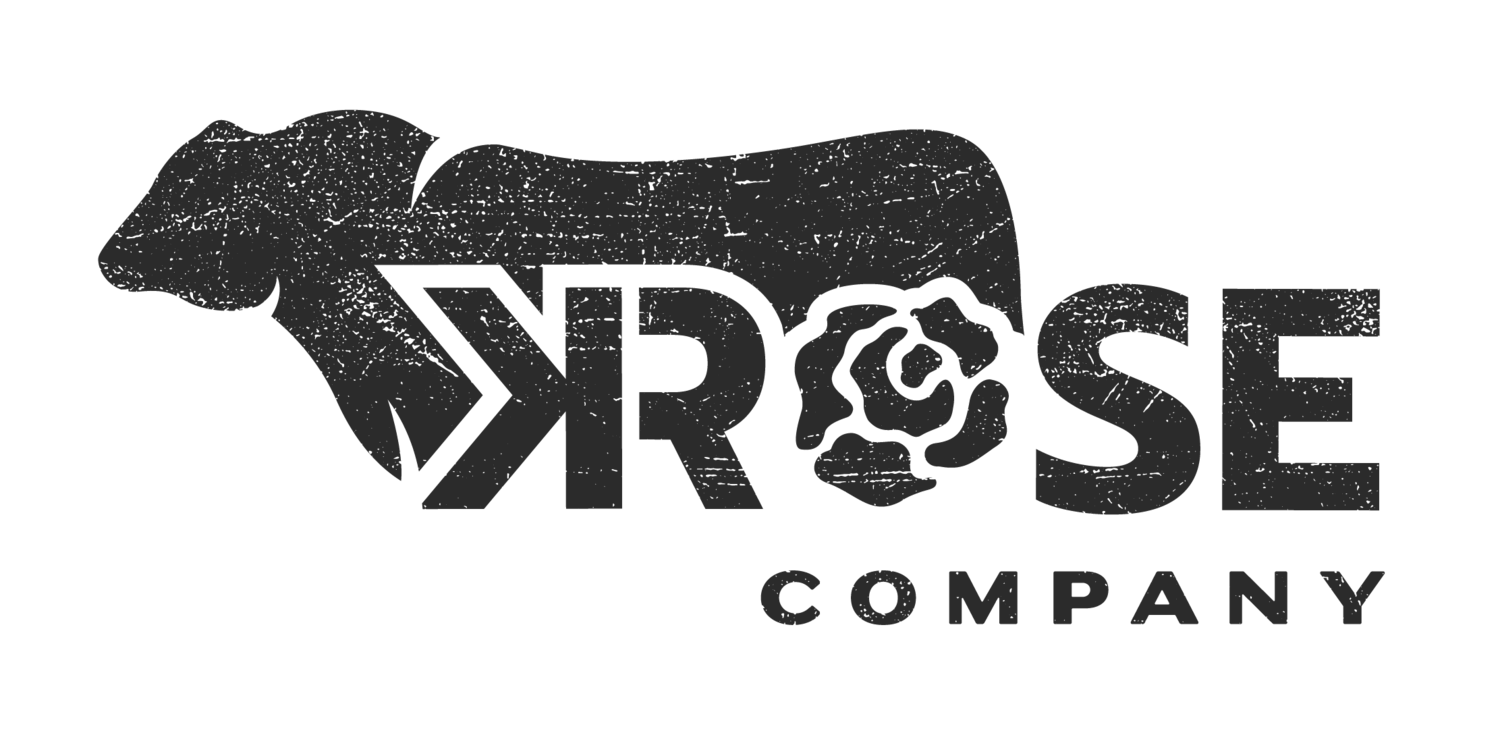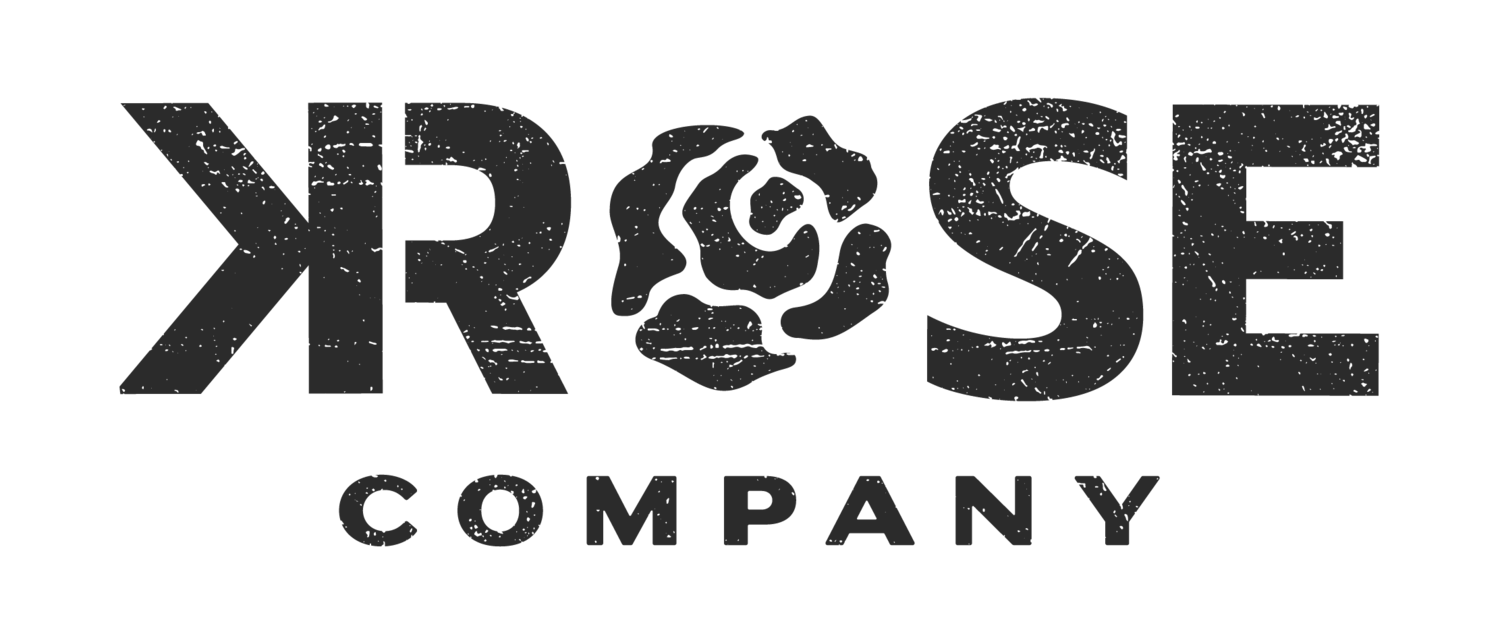Selling Calves? Protect Yourself from Unnecessary Risk
There are lots of options nowadays when selling your calves. People are choosing to market their calves in all sorts of ways - online, using app marketplaces, newspaper ads, specialty sales, and to buyers they may not have worked with before.
As there are more options, we need to have our alerts up higher. We are hearing cautionary statements from several organizations including Montana Farm Bureau. Their Executive Director Mike Youngberg recently shared a warning on social media.
The bottom line is it doesn’t matter what method you use to find a buyer for your calves. It does matter that anytime you are selling, you need to make sure your buyer is legit.
The 3 Steps You Should Always Take when Selling Cattle
Check if the buyer is licensed and bonded.
This may differ state to state, but many states require that contract buyers be licensed with the state department of agriculture and bonded. You can go online or call to see if your buyer is listed appropriately. This gives you security knowing that if you get a bad check, you at least have some protection.
Get a Signed Contract and Downpayment
These two pieces offer you the best protection. Your contract should be signed by both parties. I hear horror stories all the time of only one person signing and then the contract is worthless. Similarly, you need to have a downpayment. $50 per head is the minimum you should be taking as a downpayment. Any less is not enough for the risk and the value of the cattle. You need it to be enough that they will think twice about backing out and leaving you in a tough spot with calves you thought you already sold.
Read the Fine Print and Know Your Numbers
Working with a buyer you trust means you have a little lee way on timing, but it’s still important that you have all the details. You don’t want to find out later that the commission wasn’t taken out of the numbers you were looking at or that there was a scale fee or you didn’t know what the percentage was. Knowing your break evens will help you calculate if the sale is smart for your operation.
Ultimately, you need to trust your gut. If the buyer makes you feel uncomfortable, seems unreasonable, is pushy, or you’ve heard bad reviews, then that’s a red flag. Sometimes you just need to call around and get more bids to know that you are doing what’s right for you.
Next week, we’ll be covering the three main avenues you have for marketing your calves and what risk factors you need to consider with each one. Because no matter which method you use to sell your cattle, there will always be some risk involved.
In the meantime, check out these other blogs you may be interested in or take a look at our Rancher Relief Items (all profits go to ranchers who have been affected by drought and fires.)


